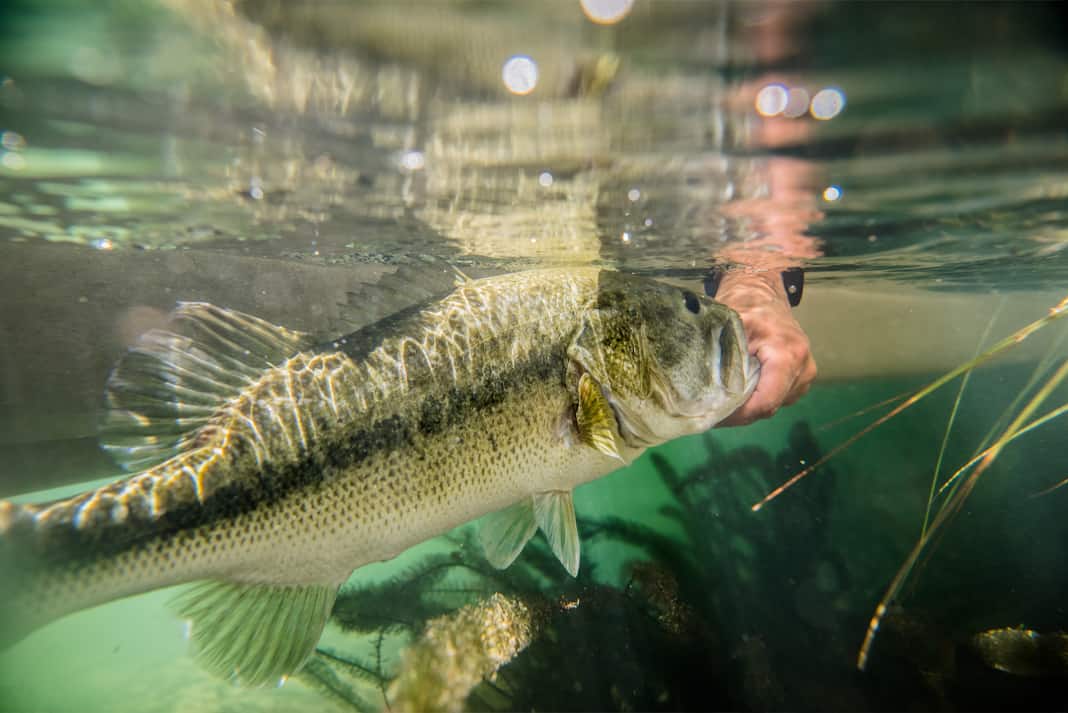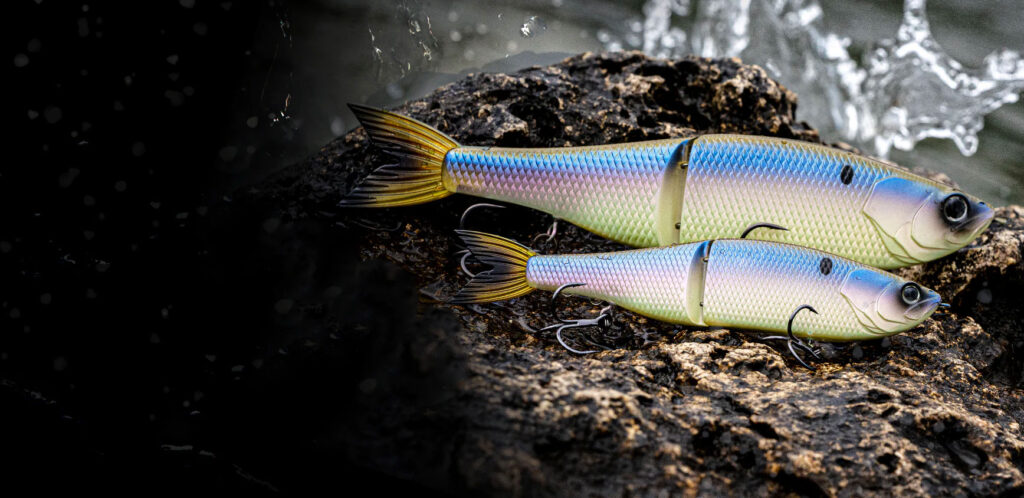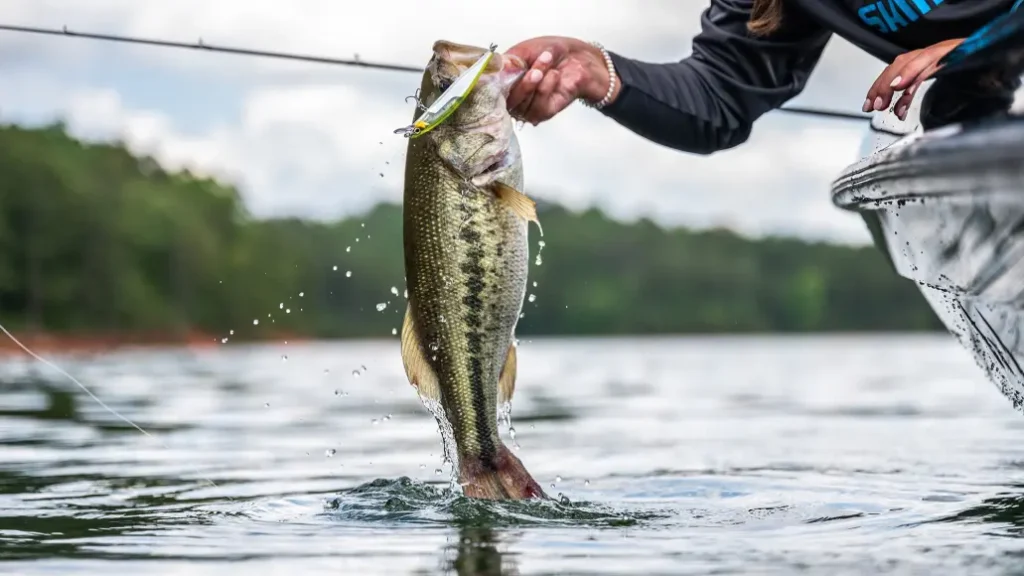Releasing bass properly is crucial for ensuring the health of the fish and the sustainability of the fishery. Whether you’re a seasoned angler or new to the sport, learning how to reduce stress on bass during release can make a big difference. Here are some practical steps and best practices to help you protect bass populations and enjoy a more responsible fishing experience.
1. Use Proper Gear
The right equipment can significantly reduce the amount of time a bass is out of the water and the level of trauma it experiences.
- Use barbless hooks or circle hooks to minimize injury.
- Choose the appropriate rod and line strength for the size of the fish to avoid prolonged fights.
2. Minimize Handling Time
The less time you spend handling the fish, the better its chances of survival.
- Keep the fish in the water as much as possible.
- Pre-wet your hands before touching the fish to avoid removing its protective slime coating.
- Avoid placing the fish on dry surfaces.
3. Support the Fish Properly
Improper handling can injure a bass, even if it’s unintentional.
- Hold the fish horizontally, supporting both the head and belly.
- Avoid hanging the fish vertically by the jaw, especially larger bass, as this can cause internal damage.
4. Avoid High-Stress Conditions
Fish are more susceptible to stress in certain environmental conditions.
- Try to avoid fishing during extremely hot weather, when water temperatures are high.
- If fishing in deeper water, release the fish slowly to help it readjust to pressure changes.
5. Use a Rubber or Knotless Net
If you use a net, choose one designed to reduce injury.
- Rubber or knotless nets are less likely to damage scales or slime coatings.
- Avoid nets with small mesh that can entangle fins and gills.
6. Revive the Fish if Necessary
Sometimes a bass needs help regaining strength before it swims away.
- Hold the fish upright in the water.
- Move it slowly back and forth to allow water to flow over its gills until it can swim off on its own.
7. Educate Others
Sharing your knowledge helps build a community of responsible anglers.
- Talk about catch-and-release techniques with fellow fishermen.
- Support regulations and initiatives that promote fish conservation.
Final Thoughts
Practicing proper catch-and-release isn’t just about following rules—it’s about respect for the sport, the environment, and the fish themselves. By adopting these habits, you’ll help preserve bass populations for future generations of anglers. Every careful release counts.








